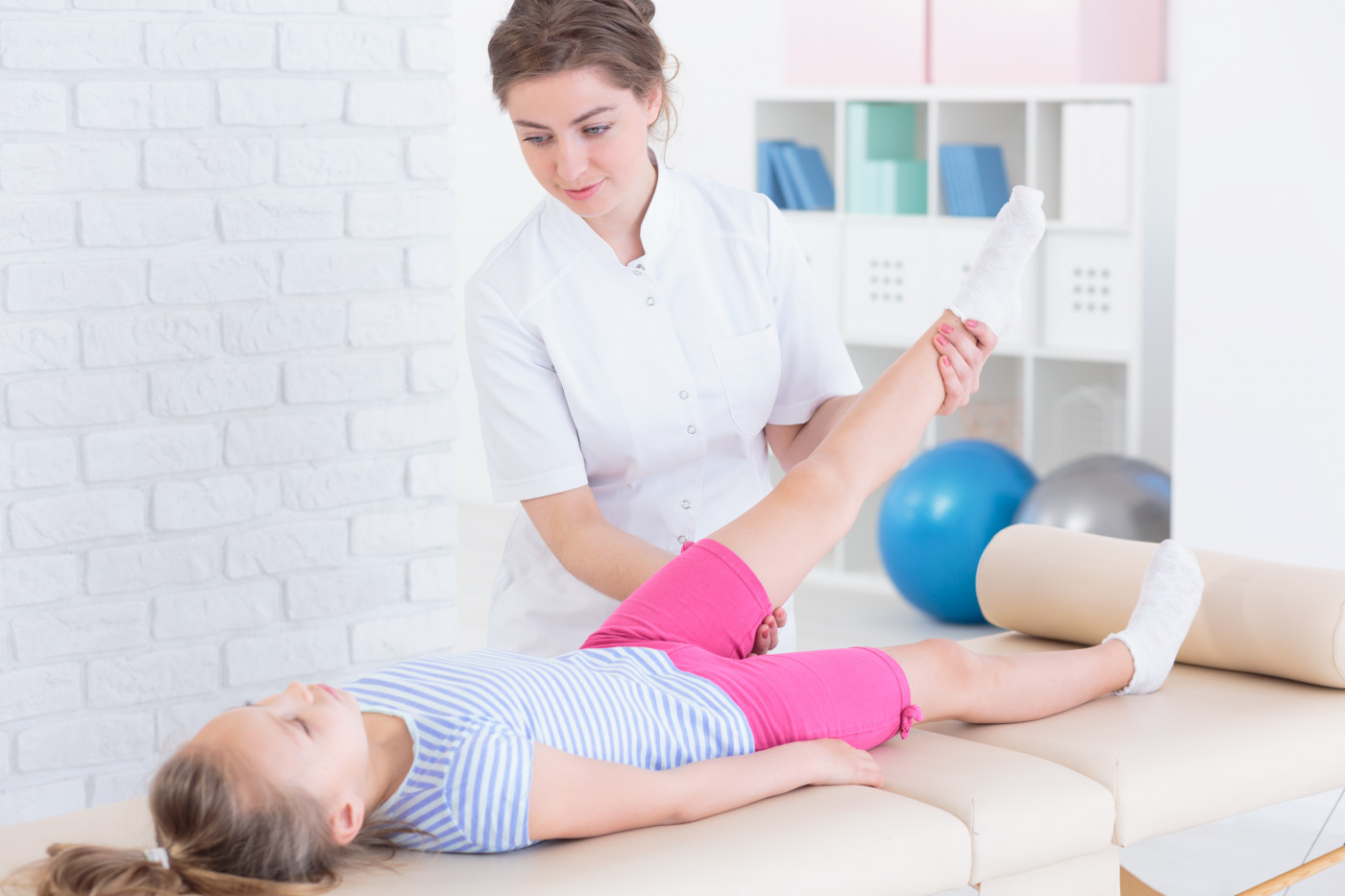Gait Analysis Among Good Predictors of ATL Surgery’s Success in Children with Spastic Cerebral Palsy

Extensive motor analysis to evaluate several gait parameters is among the good predictors of Achilles tendon lengthening surgery success in children with spastic cerebral palsy, according to a cross-sectional retrospective study.
The study, “Use of 3D gait analysis as predictor of achilles tendon lengthening surgery outcomes in children with cerebral palsy,” was published in the European Journal of Physical and Rehabilitation Medicine.
Cerebral palsy comprises a group of disorders that affect posture and movement caused by brain lesions that occur during fetal development or infancy.
Spastic cerebral palsy, the most common form of the condition, is characterized by abnormal leg muscle activity, especially in the calf and triceps. These muscle abnormalities frequently lead to another condition considered a hallmark of spastic cerebral palsy called equinus foot, or tiptoe walking, that has a serious effect on a child’s gait.
When conservative therapeutic options such as exercise, casts or orthoses fail to correct gait abnormalities, another option is Achilles tendon lengthening (ATL) surgery. This consists of stretching the Achilles tendon to allow an individual to walk flat-footed without bending the knees, thereby correcting tiptoe walking.
But the outcomes of ATL surgery in children with spastic cerebral palsy are not always optimal. While surgery succeeds at correcting some children’s gait, in other cases surgery can lead to an overcorrection, causing new issues, including severe crouch gait (excessive knee and hip flexion together with ankle dorsiflexion) and walking impairment. Thus, methods that can help physicians predict the success of ATL surgery are an unmet medical need.
In this cross-sectional retrospective study, researchers analyzed gait parameters in a group of 18 children with spastic cerebral palsy who had undergone ATL surgery to correct equinus foot. The researchers were looking for good predictors of surgery success and strategies to minimize the negative consequences associated with the procedure. The team analyzed the same parameters in a healthy control group made up of 13 age- and sex-matched children.
All children underwent 3D gait analysis before and one year after surgery. Several gait parameters were analyzed, including spatiotemporal, kinematic and kinetic parameters — the positions, angles, velocities, and accelerations of body segments and joints during motion — measured by Gait Variable Scores (GVSs) and the Plantar Flexor Knee Extension (PFKE) index.
Based on the gait assessment before surgery, children were divided into two subgroups: those who presented true equinus (hip and knee extended with tiptoe walking) and those who presented jump gait (hip and knee flexed with tiptoe walking).
Equinus foot was corrected in all children with spastic cerebral palsy following ATL surgery, regardless of their initial gait assessment, as demonstrated by the significant improvement of GVSs.
“[B]oth groups exhibited a significant improvement in ankle joint mobility … a statistically significant improvement of 47% for the true equinus subgroup and of 67% for the jump gait subgroup,” researchers said.
However, most children (75%) from the true equinus subgroup experienced overcorrection after ATL surgery, mainly because of an increase in the GVS knee flexion-extension (8.7° pre vs. 16.7° post-surgery) and knee flexion angle at initial contact (5.2° pre vs. 20.6° post-surgery).
“[I]n true equinus children, the knee becomes overloaded and the extensor mechanism fails … [indicating] flexor weakness that could lead to crouch gait over the long term,” the authors wrote. “After surgery in jump gait subjects, the results of clinical examinations demonstrated an improvement in most clinical tests (only 19% of jump gait children showed no improvement).”
Altogether, the findings suggest that an extensive preoperative motor analysis should be performed to determine the most likely outcome of ATL surgery for each child.
“Our results showed that gait pattern classification is extremely important as a support to surgical planning and may contribute to the proper selection of children who can really benefit from this procedure. If ATL surgery is necessary … we suggest preoperative gait analysis and correct identification of the motor phenotype [symptoms presented] in order to carry out appropriate rehabilitative treatment,” the authors wrote.


